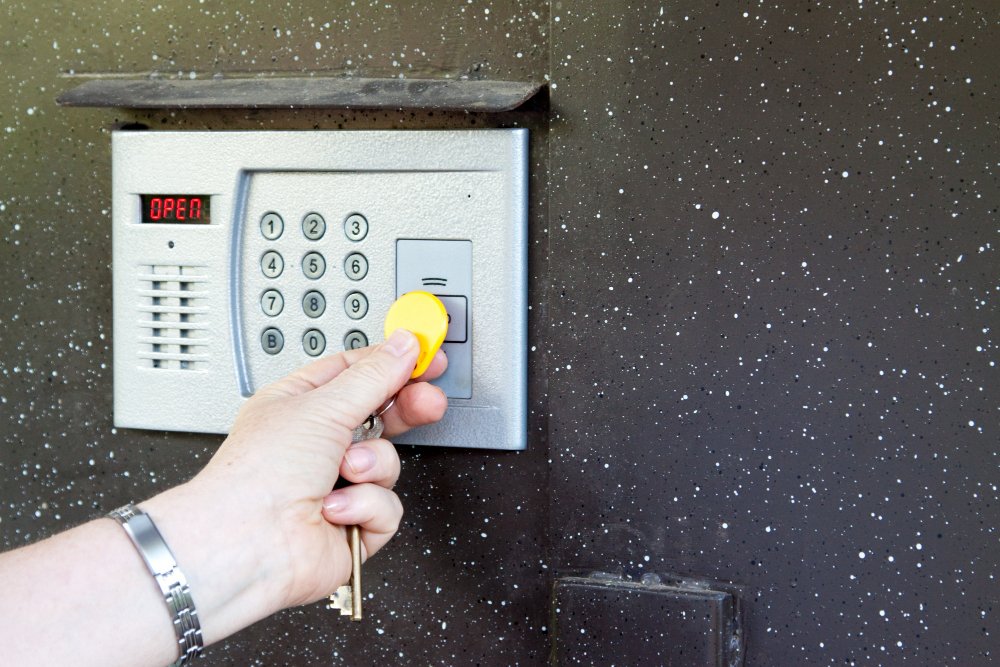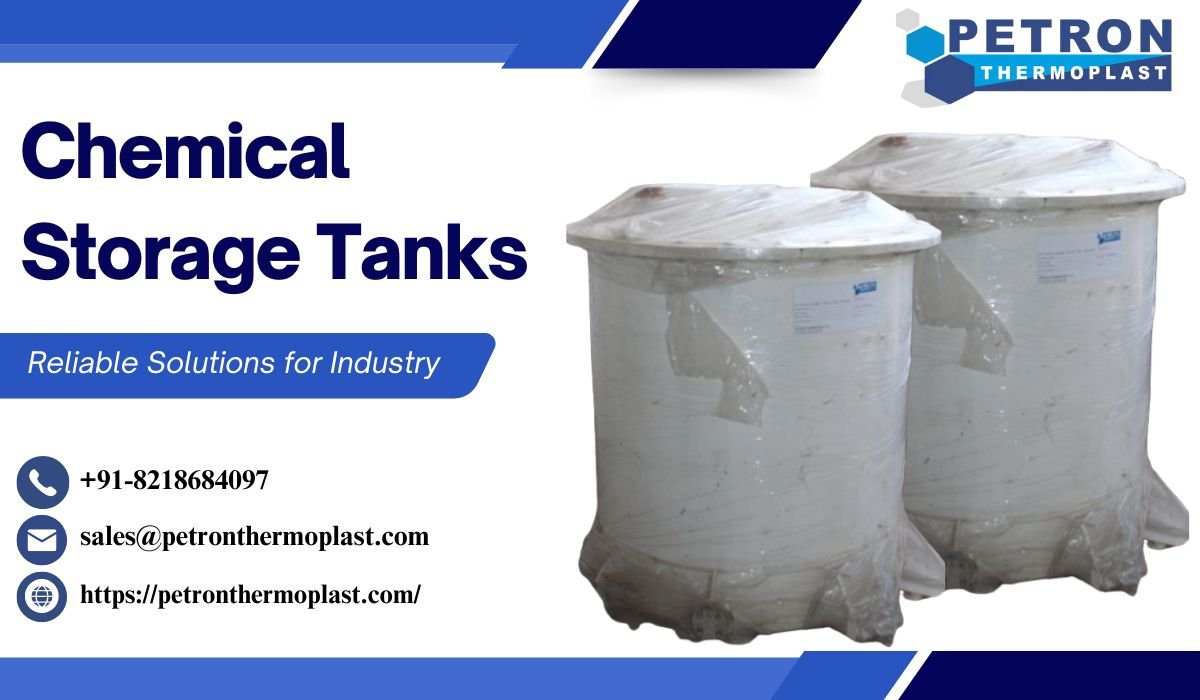Picture this: a truck loaded with fresh produce, rumbling down the highway, headed for a grocery store. The driver’s got a tight schedule, the cargo’s perishable, and one wrong move could turn that crisp lettuce into a soggy mess—or worse, a health hazard. That’s where HACCP training comes in, like a trusty co-pilot for anyone in the food transport and logistics game. It’s not just about checking boxes; it’s about keeping food safe, customers happy, and your business humming. So, let’s unpack why HACCP (Hazard Analysis and Critical Control Points) training is a must for folks moving food from point A to point B.
What’s HACCP All About, Anyway?
HACCP stands for Hazard Analysis and Critical Control Points, but don’t let the jargon scare you. It’s a system designed to spot risks—think biological, chemical, or physical hazards—that could make food unsafe. For transport and logistics crews, it’s about making sure that chicken stays cold, that flour doesn’t get contaminated, and that nothing funky happens between the warehouse and the store shelf.
Why does this matter? Because food safety isn’t just the farmer’s or the processor’s job—it’s yours too. One slip, like a refrigeration unit going on the fritz, and you’re not just dealing with spoiled goods; you’re risking someone’s health. HACCP training teaches you to identify those “uh-oh” moments before they happen and to put controls in place to keep things safe. It’s like learning to read the road signs of food safety.
The Food Transport Puzzle
Moving food isn’t as simple as tossing it in a truck and hitting the gas. You’ve got temperature controls, cross-contamination risks, and even the occasional rogue pest to worry about. Ever think about how a single spilled crate of berries could contaminate a whole load of dairy? Or how a poorly cleaned trailer could turn a shipment of bread into a science experiment? HACCP training gives you the tools to map out these risks and tackle them head-on.
Why Food Transport Folks Need HACCP Training
If you’re in logistics, you’re the middleman in the food supply chain, and that’s a big responsibility. You’re not growing the food or cooking it, but you’re the one making sure it gets where it’s going in tip-top shape. HACCP training isn’t just for factory workers or chefs—it’s for drivers, warehouse managers, and logistics coordinators too. Here’s why it’s a big deal:
- Keeps Food Safe: You learn to spot hazards like improper cooling or contamination risks and stop them before they snowball.
- Saves Money: Catching problems early means fewer rejected shipments or costly recalls. Who doesn’t love saving a buck?
- Builds Trust: Retailers and customers want to know their food’s been handled right. HACCP training shows you’re serious about safety.
- Boosts Efficiency: Knowing what to check and when streamlines your operations. Less guesswork, more getting it done.
Honestly, it’s like having a playbook for keeping your cargo safe and your business out of hot water.
Breaking Down the HACCP Training Process
So, what does HACCP training actually look like? It’s not just sitting through boring lectures or memorizing charts. Good training is hands-on, practical, and tailored to what you do every day. Here’s the gist of what you’ll learn:
Step 1: Spotting the Hazards
You’ll dig into the kinds of risks that can pop up in transport—like bacteria growing in warm temperatures or chemicals leaking from poorly stored cleaning supplies. It’s about asking, “What could go wrong?” and being ready for it.
Step 2: Finding the Critical Control Points
These are the make-or-break moments where you can stop a hazard in its tracks. For example, checking the temperature of a refrigerated truck before loading is a critical control point. Miss it, and you’re rolling the dice.
Step 3: Setting Up Controls
This is where you learn to set limits—like keeping frozen goods at 0°F or below—and monitor them. You’ll also figure out what to do if something’s off, like adjusting a cooling unit or rejecting a shipment.
Step 4: Keeping Records
Paperwork isn’t glamorous, but it’s your proof that you’re doing things right. HACCP training shows you how to log temperatures, cleaning schedules, and maintenance checks without drowning in forms.
Step 5: Staying on Your Toes
Things change—new routes, new clients, new equipment. HACCP training teaches you to keep your plan up to date and verify it’s working, so you’re never caught off guard.
The Emotional Weight of Getting It Right
Let’s get real for a second. When you’re hauling food, you’re not just moving boxes—you’re delivering someone’s dinner, their kid’s school lunch, or the ingredients for a holiday meal. There’s a human side to this job that hits home. Knowing you’ve done everything to keep that food safe? That’s a good feeling. On the flip side, the thought of a mistake slipping through—say, a contaminated load reaching a store—can keep you up at night. HACCP training takes that weight off your shoulders by giving you the confidence to handle things right.
A Quick Digression: The Unsung Heroes of the Supply Chain
You know what? People don’t always give transport folks enough credit. Farmers get the spotlight for growing food, and chefs get the applause for cooking it, but you’re the one making sure it all gets where it needs to go. HACCP training is like a nod to your role in the bigger picture—it’s a way to say, “Hey, your work matters, and here’s how to nail it.”
How HACCP Training Fits into Your Day-to-Day
One of the best things about HACCP training is that it’s not some ivory-tower theory. It’s built for the real world—your world. Whether you’re a driver checking a trailer, a warehouse worker loading pallets, or a manager overseeing a fleet, the principles apply. You’ll learn to:
- Check equipment like refrigeration units or thermometers to make sure they’re working.
- Spot signs of trouble, like a funky smell or a damaged package.
- Clean and sanitize trailers to avoid cross-contamination (no one wants last week’s fish juice on today’s veggies).
- Keep clear records to show you’ve got everything under control.
- It’s like adding a new tool to your toolbox—one that makes your job easier and your cargo safer.
The Seasonal Angle
Here’s a little something to think about: food transport gets trickier with the seasons. Summer heat can wreak havoc on refrigerated loads, while winter freezes can mess with fresh produce. HACCP training helps you plan for these curveballs, like adjusting cooling settings in July or insulating loads in January. It’s all about staying one step ahead of Mother Nature.
Overcoming the “It’s Just Extra Work” Mindset
Now, I get it—training can feel like one more thing on your plate. You’re already juggling tight schedules, traffic, and demanding clients. But here’s the thing: HACCP isn’t about piling on busywork. It’s about working smarter. Once you’ve got the system down, it becomes second nature, like checking your mirrors before merging. Plus, it can save you headaches down the road—fewer rejected loads, fewer angry customers, and fewer “what happened?” moments.
A Word on Teamwork
HACCP isn’t a solo act. It’s about everyone in the supply chain—drivers, loaders, managers—working together. Training helps you speak the same language as your team, so when someone says, “We’ve got a temperature deviation,” you all know what to do. It’s like being part of a well-oiled machine, where everyone’s got each other’s back.
Where to Get HACCP Training
Ready to jump in? There are plenty of ways to get HACCP training that fit your schedule and needs. Online courses, like those from the National Food Safety Training Institute or ServSafe, are great for learning at your own pace. If you prefer hands-on, look for in-person workshops through industry groups like the International Food Safety Council. Many companies even bring trainers to you, tailoring the course to your specific routes or cargo.
Pro tip: Check if your employer offers training as part of onboarding or continuing education. Some even cover the cost, so you’re not out of pocket.
Wrapping It Up: Why HACCP is Worth It
At the end of the day, HACCP training isn’t just about following rules—it’s about taking pride in your work. It’s knowing that the food you’re hauling is safe for someone’s table. It’s about protecting your company’s reputation and your own peace of mind. Sure, it takes a little effort to learn, but once you’ve got it, it’s like having a superpower: the ability to spot risks, fix problems, and keep the supply chain running smoothly.
So, next time you’re loading a truck or checking a temp gauge, ask yourself: Could HACCP make this easier? Chances are, it will. And when you’re delivering safe, high-quality food to happy customers, you’ll know it was worth it.












Leave a Reply